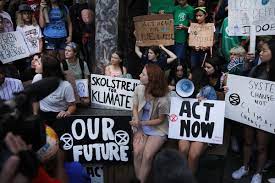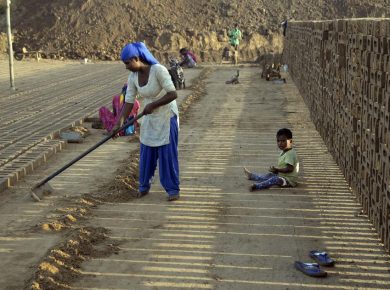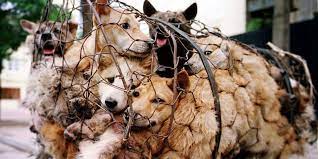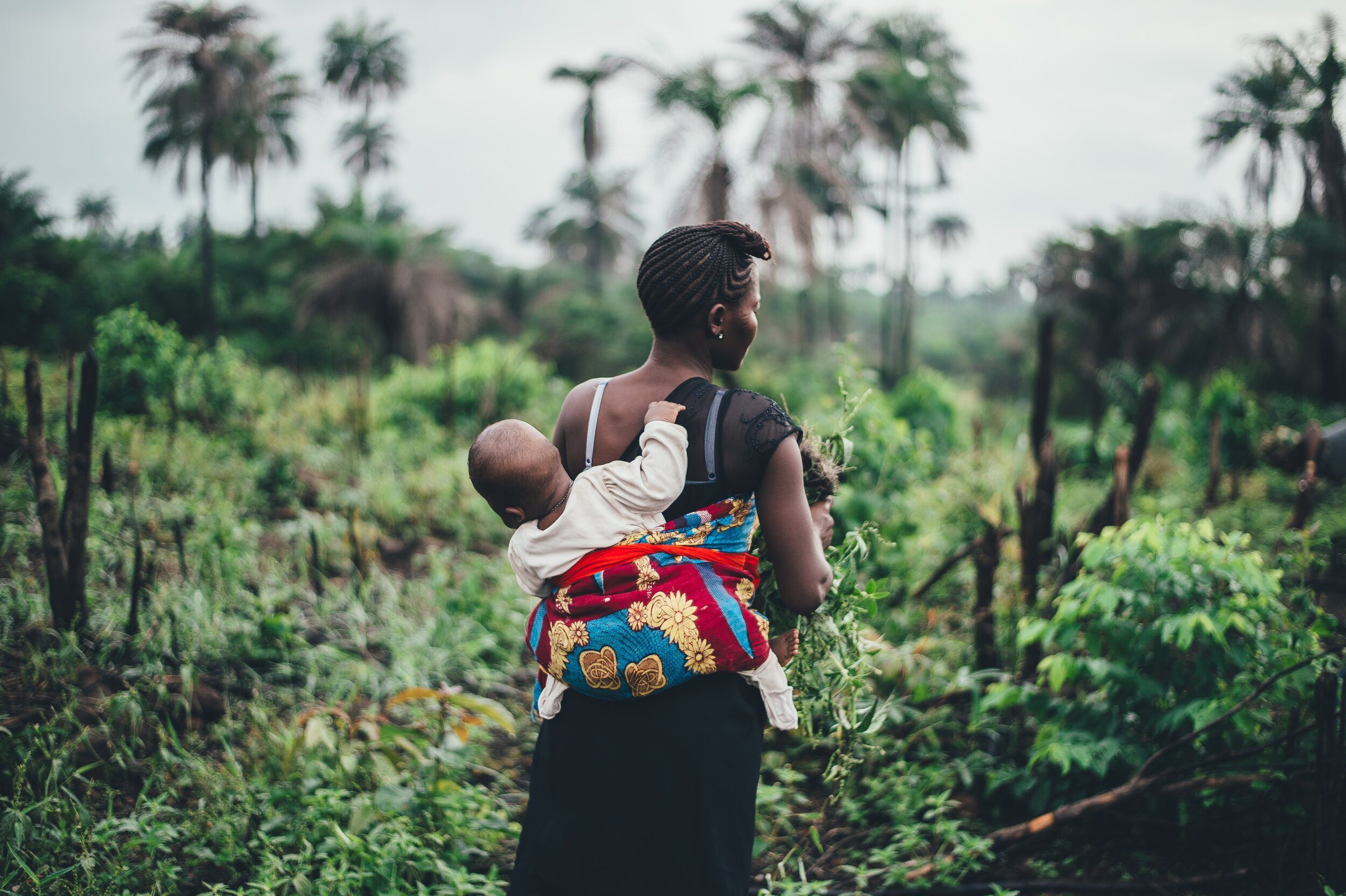
Last February, Antonio Guterres, a UN Secretary General who tells it like it is, made a passionate plea for women’s rights. Speaking to the New School in New York, he said: “This discrimination harms us all. Just as slavery and colonialism were a stain on previous centuries, women’s inequality should shame us all in the 21st. Because it is not only unacceptable; it is stupid. Only through the equal participation of women can we benefit from the intelligence, experience and insights of all of humanity. Women’s equal participation is vital to stability, helps prevent conflict, and promotes sustainable, inclusive development.”
That list goes on. According to the UN FAO, if women had the same access to productive resources as men in developing countries, they could increase yields on farms by 20 to 30 percent – in turn, raising total agricultural output by 2.5 to 4 percent. In Rwanda, as an example, women with formalized land rights were 19 percent more likely to engage in soil conservation, compared to 10 percent among men. The findings are echoed by the USAID Land and Urban Office, amongst (many) others: “When women have secure land rights, land is used more efficiently, and agricultural investment and production increase.”
Yet across the world, women’s voices continue to be marginalised and sidelined – despite the fact that current male-dominated systems have so far managed to stir only lukewarm concern and half hearted actions to the climate emergency. Launched by marine biologist Dr Ayana Elizabeth Johnson and editor-in-chief of Project Drawdown (and one of TIME’s 15 women who will save the world) Dr Katherine Wilkinson, All We Can Save is a new project that aims to tackle gender inequity within climate leadership – and, in the process, liberate half the world’s brain power to tackle the existential crisis looming over us.
“The dominant public voices and empowered “deciders” of the climate crisis continue to be White Men,” write Johnson and Wilkinson. Too often, women are missing from proverbial decision-making tables. Change is happening – some of today’s most vital emerging voices in the climate movement are women, specifically women of colour – but it’s slow. “We need an upswelling of transformational climate leadership that is more characteristically feminine and more faithfully feminist, rooted in compassion, connection, creativity, and collaboration.”
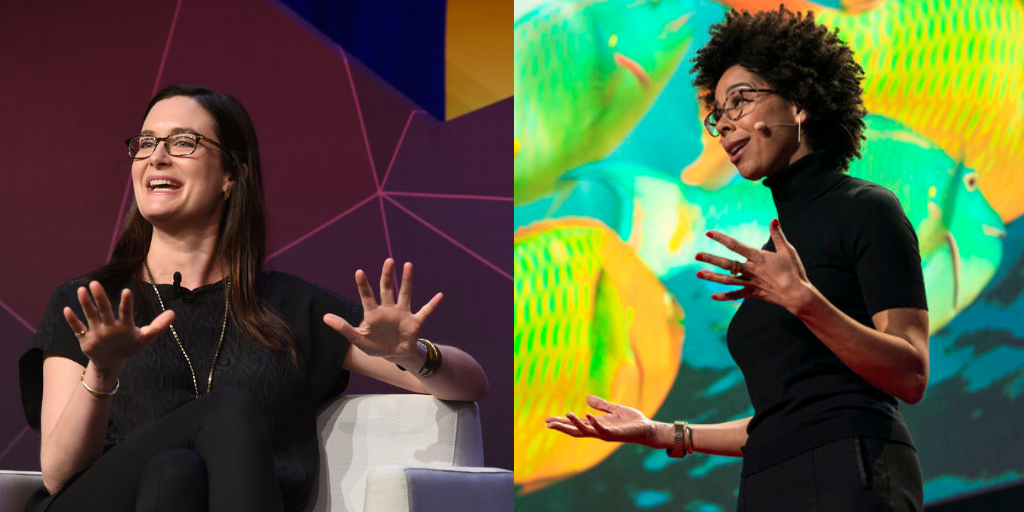
Dr Katharine Wilkinson and Dr Ayana Elizabeth Johnson.
“More than a problem of bias, suppressing the climate leadership and participation of women and girls sets us up for failure,” continue Wilkinson and Johnson. “This is especially true given that research shows that women have an edge over men when it comes to caring about the environment and climate change and acting on that care, as well as aversion to taking on outsized risk or imposing it on others. This edge carries into politics and policy making. Female legislators more strongly support environmental laws — and stricter laws at that.
“When parliaments have greater representation of women, they are more likely to ratify environmental treaties,” they say. “When women participate equally with men, climate policy interventions are more effective. At a national level, higher political and social status for women correlates with lower carbon emissions and greater creation of protected land areas. It’s not about only women but about making sure women are included and leading at all levels. To change everything, we need everyone.” With the world on course for a 3.2 degree rise in temperature, that rings more true than ever.
Just why are women so effective when they’re allowed to be? Theories abound but it could be that juggling all the roles that women tend to occupy – from bearing children and supporting dependents to fetching water, growing and gathering food – is exhausting but also provides profound and intuitive insights into compassion and care, the importance community and the interconnectedness of all life. And this means that, when chips are down, women – uniquely vulnerable, uniquely resilient – may in fact have a greater capacity than their male counterparts in adapting to the shocks of natural and societal disasters driven by climate change.
Education is key. In the global south, educated women and girls tend to be more effective stewards of their land and water, gaining greater capacity to adapt to shocks of natural disasters and extreme weather events driven by climate change. And educated women are more able to realize higher wages, leading to overall economic growth. In fact, according to McKinsey, in a “full potential” scenario in which women play an identical role in labour markets to men, as much as $28 trillion, or 26%, could be added to global annual GDP by 2025.
No wonder the UN’s Sustainable Development Goal 5 – “achieving gender equality and empowering all women and girls” – is now widely recognised as imperative for change, mainly because of its cascading effect in achieving all other goals including education, poverty alleviation, clean energy, good health, zero hunger, economic growth. But progress is slow: as at 1 January 2020, representation by women in single or lower houses of national parliament reached 24.9 percent, only slightly up from the 2015 figures of 22.3 percent. It really is the time for a feminist climate renaissance.
Johnson and Wilkinson’s approach to this historically entrenched problem is three pronged: to provide focused community building programs for women climate leaders, to fund projects and to educate. Through virtual and in-person programs (when public health conditions allow), building on the success of a pilot 2019 retreat, Johnson and Wilkinson want to “foster connection, care, and collaboration for change among women in climate.” Next year, direct financial support will be offered to rolling cohorts of women climate leaders. And most central is the learning grounded in an anthology of writing, All We Can Save, edited by Wilkinson and Johnson.
Featuring the work of more than 40 artists, scientists, policy makers working at the forefront of the climate movement, All We Can Save mixes essays, poetry and art to create both much-needed balm and a guide for ‘knowing and holding what has been done to the world, while bolstering our resolve never to give up on each other or our collective future.” Contributors include human rights attorney Colette Pichon Battle, UN Champion of the Earth Katharine Hayhoe, policy expert Rhiana Gunn-Wright, attorney, environmental and indigenous rights advocate Tara Houska—Zhaabowekwe, economist Naomi Klein and writer Alice Walker.
To answer the need for deeper dialogue about the climate crisis, Wilkinson and Johnson are proposing All We Can Save Circles — small self-organised groups of ideally 6 to 10 people, committed to reading the book collectively over the course of 10 meetings. Using the resources and the anthology itself as jumping off points, additional materials will be developed to enable the book’s use for education across age groups, in classrooms and beyond.
And that is the key to this work: that it inspires action. As the world moves inexorably forward into climatic breakdown, it is imperative to hold in mind the women in poorer countries – tasked with gathering and producing food, collecting water, sourcing fuel for heating and cooking, taking care of children and the elderly – who will bear the brunt as these already challenging tasks become increasingly life-threatening. And yet it is these women – and all women – who remain a largely untapped resource in the battle against the effects of climate change. Unleashing their capabilities is a chance to craft effective solutions for all.
FURTHER READING
Study concludes that nature benefits when more women make land management decisions. Mongabay, April 8, 2019. https://news.mongabay.com/2019/04/study-concludes-that-nature-benefits-when-more-women-make-land-management-decisions/
Realizing women’s rights to land and other productive resources. United Nations Human Rights, 2013. https://www.ohchr.org/documents/publications/realizingwomensrightstoland.pdf
Gender and Climate Change. International Union for Conservation of Nature.
https://www.iucn.org/resources/issues-briefs/gender-and-climate-change
